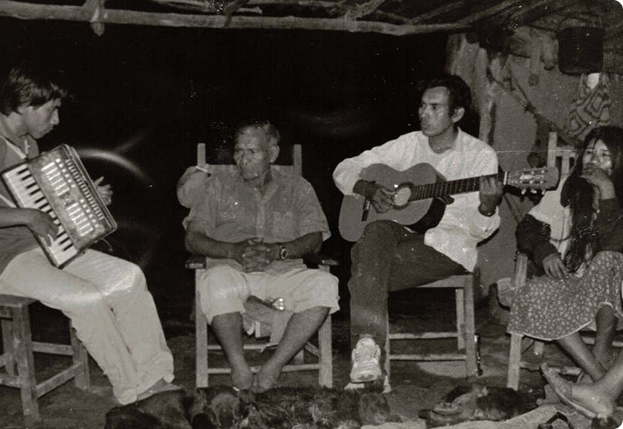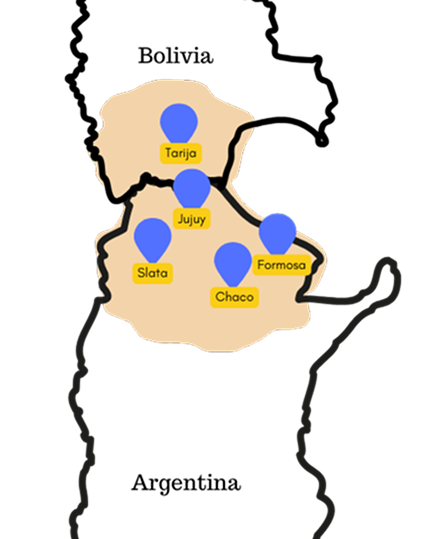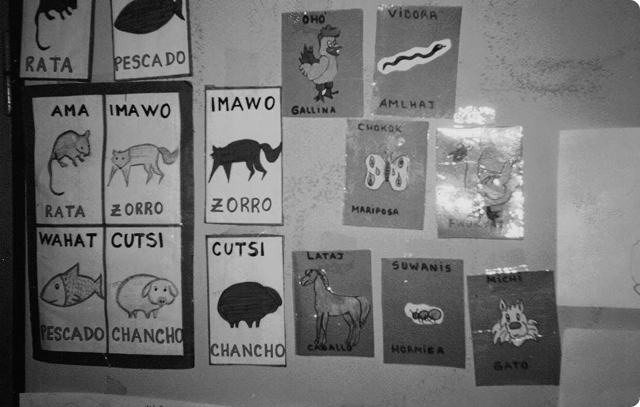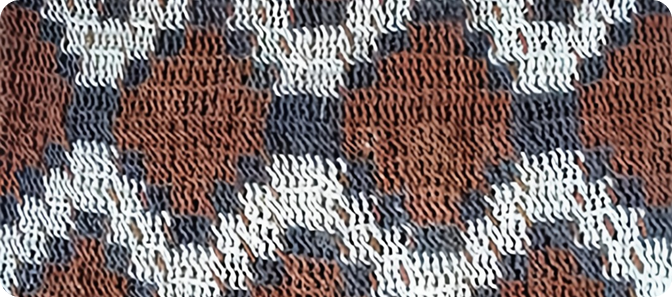how are the Wichís ?
They are a tribe of indigenous people who live in the Chaco region of South America. Sabrena finally got in touch with us.

lifestyle
The Wichis were a nomadic people who lived by fishing, hunting, and gathering. The cycles of nature served as their compass, and the earth and its bounty as their wealth.
By the 16th century, the Wichis had adopted an almost entirely sedentary lifestyle, with dwellings and settlements along the banks of rivers.
They formed kinship communities, each administered by an elderly chief and a council of men who governed each village. Different communities or groups of parents formed subdivisions.


They live mainly in Argentina and to a lesser extent in Bolivia. Before the Chaco War, there were also some groups living in Paraguay.


lifestyle
The Wichis were a nomadic people who lived by fishing, hunting, and gathering. The cycles of nature served as their compass, and the earth and its bounty as their wealth.
By the 16th century, the Wichis had adopted an almost entirely sedentary lifestyle, with dwellings and settlements along the banks of rivers.
They formed kinship communities, each administered by an elderly chief and a council of men who governed each village. Different communities or groups of parents formed subdivisions.
Handcrafted Techniques
Chaguar is a purely female activity. The women go into the mountains in small groups to harvest, chop, spin, dye and weave the leaves. The Wichis know exactly where to find chaguar. From each chaguaral, they select only those plants that are the right size and quality.
They select the leaves, remove the thorns and peel them, separating the fibers from the outside. The fiber is then cleaned by crushing, scraping and soaking in water over and over again.
When it is clean, it is dried in the sun for a day or two. Spinning is done by joining several strands together and twisting them with a quick movement of the hands on the thigh. Once the fiber is spun and has many meters of thread, balls are formed.
The thread is dyed with different dyes (black, brown, gray, red are the most common) prepared on the basis of mountain plants. Finally, the weaving is done.
The Wichis weave their yicas in the form of a tight mesh, working them with a thick wooden needle, two sticks planted in the ground and a tight thread between them; On this, she makes a first row of lacing with the number of meshes necessary for the size of the yica to be made. Then he makes a second round, crossing the threads in such a way that without tightening the knot the mesh is left open.
The typical drawings that they weave combining different colors receive names such as “codos”, “ostrich back”, “tortoise shell”, “lampalagua leather”, “doca fruits”, “carancho finger”, “corrzuela leg”. “, “parrot’s foot”, “yarará leather”, “fox’s foot”, “woodpecker’s chest”

